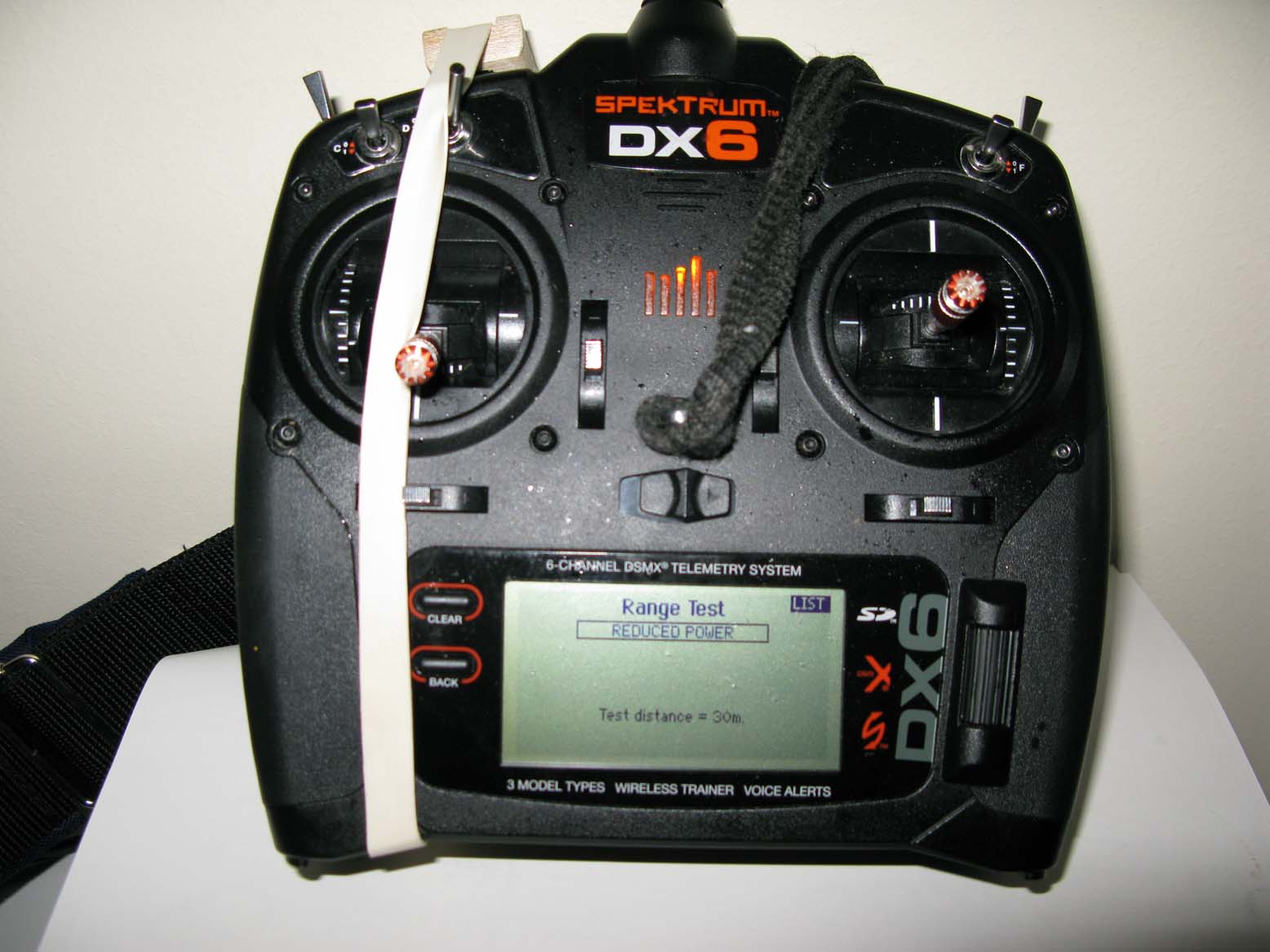Failsafe recovery time is a vital part of the failsafe picture the model pilot needs to be aware of.
When 2.4 gHz SSFH systems were first implemented failsafe recovery times were typically six seconds or longer. This resulted in wrecked aircraft as the time period was too long, i.e. by the time the signal is recovered very often the aeroplane was already been wrecked.
This was quickly addressed by more modern systems where failsafe recovery time is typically 1 to 2 seconds maximum. With recovery times from transient failsafe operations this good most pilots recover control in good time and so avoid damaged models.
The above said, not all current receivers have this feature, so it is really good to ensure your installation has a good failsafe recovery time. If you find values of 6 seconds or more in your test it would be a good idea to replace the Rx, as sooner or later it could catch you out.
Testing Failsafe Recovery Time.
You cannot check failsafe recovery time by turning the Tx off and on as the boot time for the transmitter is several seconds in duration and so confuses the measurement.
There are two possibilities:
1. Using an Rx test board:
Using a receiver test board and Transmitter banded on in Range Test mode and commanding full throttle, see pics below, walk out with the test board to the occurrence of the first failsafe event, (throttle servo moves from full to idle). When you have found this position, up to 200 yards away from the Tx with modern 2.4 gHz equipment, position yourself so that placing the test board at ground level causes a failsafe operation of the throttle servo and raising the test board to shoulder causes failsafe recovery, then count the seconds to recovery as you raise the test board to shoulder height.
2. Using a modern, top end 2.4 gHz Tx. and test board:
- Turn off the transmitter, forcing the test board's throttle servo to go into failsafe.
- With Tx still off put the throttle stick to full throttle.
- Turn on the Tx.
The Tx boot process takes place. Then if correctly set, the transmitter will issue a warning that the throttle is high, to prevent unexpected brushless electric motor arming.
At this point, with the aircraft restrained on the ground for safety, cycle the throttle stick from full to idle and back to full. This puts the RF back on without the boot up time of the transmitter getting in the way of the test and will enable you to count the failsafe recovery time in seconds.


Related Article Links:
2.4 gHz. RF link problems 1. New equipment failure.
2.4 gHz. RF link problems 2. Tx/Rx RF link principles.
2.4 gHz. RF link problems 3. Advanced Range Test Protocol.
2.4 gHz. RF link Problems 4. Causes and Fixes
2.4 gHz. RF Link Problems 5. Failsafe Triggered
2.4 gHz. RF link Problems. 6. Failsafe Strategies.









